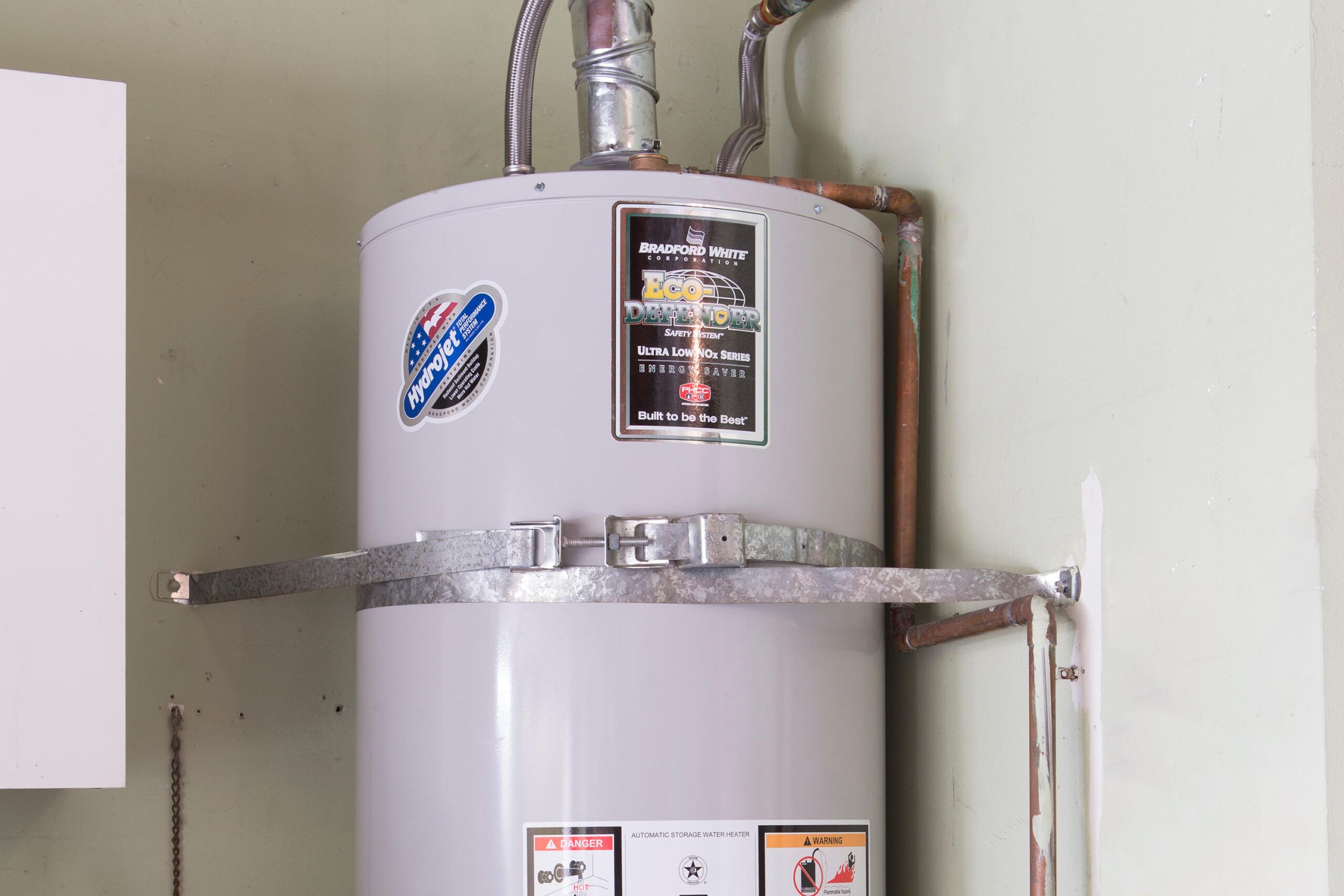Everybody will have their own unique opinion involving What Kind of Maintenance Do Water Heaters Need?.

Warm water is essential for day-to-day comfort, whether it's for a refreshing shower or cleaning meals. To ensure your warm water system runs successfully and lasts much longer, regular upkeep is essential. This article gives useful ideas and understandings on exactly how to keep your home's warm water system to avoid disturbances and expensive repair services.
Intro
Preserving your home's hot water system may seem complicated, but with a couple of easy steps, you can ensure it operates efficiently for years ahead. This guide covers whatever from understanding your warm water system to DIY upkeep tips and recognizing when to contact professional help.
Relevance of Maintaining Your Warm Water System
Regular upkeep not just prolongs the life-span of your warm water system yet likewise guarantees it operates effectively. Neglecting maintenance can bring about lowered efficiency, higher power bills, and even early failure of the system.
Indicators Your Hot Water System Requirements Upkeep
Knowing when your hot water system requires focus can avoid significant issues. Watch out for indicators such as inconsistent water temperature, weird noises from the heater, or corroded water.
Understanding Your Hot Water System
Prior to diving right into upkeep tasks, it's valuable to understand the fundamental elements of your warm water system. Typically, this includes the water heater itself, pipelines, anode poles, and temperature controls.
Regular Monthly Upkeep Tasks
Normal month-to-month checks can help catch minor problems prior to they rise.
Purging the Water Heater
Flushing your water heater eliminates sediment build-up, boosting efficiency and prolonging its life.
Checking and Replacing Anode Rods
Anode rods stop rust inside the tank. Examining and replacing them when worn out is essential.
Examining and Changing Temperature Settings
Readjusting the temperature level setups makes certain optimum efficiency and safety and security.
DIY Tips for Upkeep
You can carry out a number of maintenance jobs on your own to maintain your hot water system in top problem.
Looking for Leakages
Frequently examine pipes and connections for leakages, as these can bring about water damages and higher bills.
Examining Stress Alleviation Valves
Checking the pressure safety valve guarantees it functions properly and stops excessive stress accumulation.
Insulating Pipes
Insulating warm water pipelines minimizes warm loss and can save power.
When to Call a Professional
While DIY upkeep is helpful, some problems need professional proficiency.
Complex Concerns Calling For Expert Help
Instances include major leakages, electrical issues, or if your hot water heater is consistently underperforming.
Routine Professional Maintenance Benefits
Specialist maintenance can consist of complete evaluations, tune-ups, and ensuring conformity with security standards.
Verdict
Routine upkeep of your home's hot water system is essential for performance, durability, and expense savings. By complying with these tips and understanding when to seek expert aid, you can make sure a reputable supply of warm water without unforeseen disturbances.
How to Maintain an Instant Hot Water Heater
Before tinkering with your hot water heater, make sure that it’s not powered on. You also have to turn off the main circuit breaker and shut off the main gas line to prevent accidents. Also turn off the water valves connected to your unit to prevent water from flowing into and out of the appliance. 2. When you’re done, you have to detach the purge valves’ caps. These look like the letter “T†and are situated on either side of the water valves. Doing so will release any pressure that has accumulated inside the valves while at the same time avoid hot water from shooting out and burning your skin. 3. When the purge valves’ caps are removed, you have to connect your hosing lines to the valves. Your unit should have come with three hoses but if it didn’t, you can purchase these things from any hardware or home repair shops. You can also get them from retail stores that sell water heating systems. Read the user’s manual and follow it to complete this task properly. When the hosing lines are connected, open the purge port’s valves. 4. You should never use harsh chemical cleaners or solutions when cleaning your unit. Make use of white vinegar instead. It should be undiluted and you’ll probably use about 2 gallons. 5. Now flush your water heater. This task should probably take about 40 minutes. We can’t give you specific directions for this because the procedure is carried out depending on the type, model and brand of your heater. With that being said, refer to the user’s manual. 6. When you’re done draining the unit, you have to turn off the purge port valves again. Remove the hosing lines that you earlier installed on each of the water valves. Put the valve caps (purge port) back in their respective places and be very careful so as not to damage the rubber discs that are found inside these caps. 7. Now that everything’s back in place, check your user’s manual again to find out how to reactivate your water heating system. 8. Once it is working, turn one of your hot water faucets on just to let air pass through the heater’s water supply pipes. Leave the tap on until water flows smoothly out of it. https://www.orrplumbing.com/blog/2014/september/how-to-maintain-an-instant-hot-water-heater/

I found that blog entry about How to Maintain a Hot Water Heater in a Few Simple Steps while doing a lookup on the search engines. Those who enjoyed reading our blog posting kindly be sure to pass it around. Thank you for your time. Kindly visit our site back soon.
Start Now